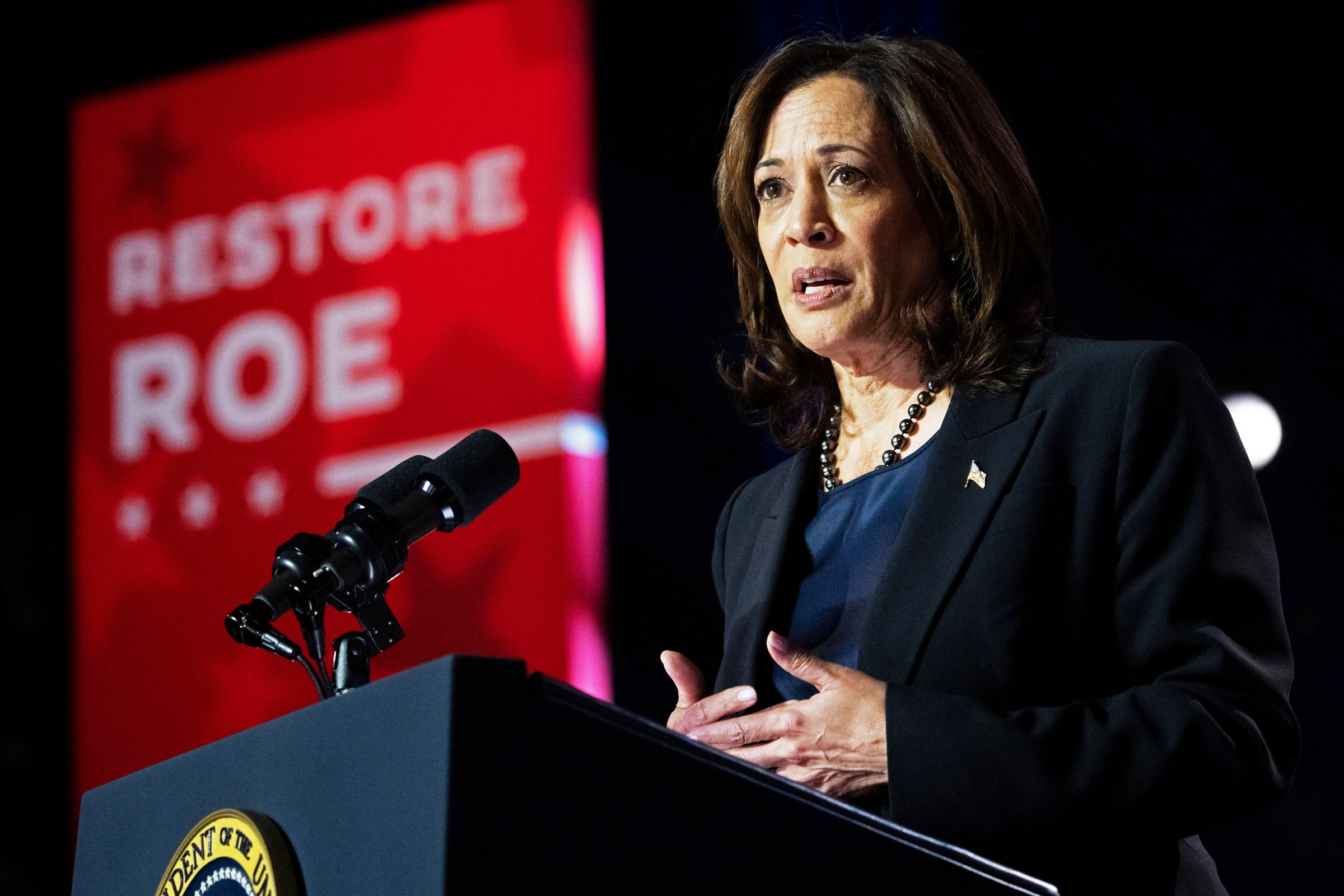Judges and Border Police Targeted by Anti-Government Extremists, Doxed as ‘Traitors’
Anti-immigrant rhetoric in the United States is fueling a surge in violent threats against federal judges and other government officials, intelligence officials say, imperiling security operations at the US border and putting law enforcement lives at risk.
While threats from violent extremists against migrants, elected officials, and border security personnel have been on the rise for years, according to a Department of Homeland Security (DHS) memo from May, first reported by WIRED, violent threats against federal judges and other court officers in immigration cases are soaring for the first time.
“Individuals self-identifying as militia members have posted names and photos of officers on social media, calling them ‘traitors’ in reaction to perceptions of their work along the US-Mexico border,” the report says, noting that the threats have included calls for attacks on “migrants and buildings using explosives” as well.
The documents were first obtained by Property of the People, a nonprofit focused on transparency and national security. In a comment to WIRED, a DHS spokesperson said the agency continues to advise federal, state, and local partners to remain vigilant to potential threats and encourages the public to report any suspicious activity to local authorities.
“Perceptions of government inadequacy related to immigration policy, and narratives describing immigration as an ‘invasion,’ remain a consistent driver for some individuals calling for violence against migrants and government personnel,” the memo says. While acknowledging a “heightened threat environment” around the presidential race, DHS avoids associating the claims of a “migrant invasion” with any particular party or figure.
However, Donald Trump’s anti-immigrant rhetoric has grown increasingly targeted and racist since the start of the 2024 campaign, as the former president has accused immigrants of “poisoning the blood” of the country and being hereditarily predisposed to murder. The former president has called recent immigration “the greatest invasion in history,” as Trump and his surrogates have continued pushing the great replacement theory, a racist fiction of a “migrant invasion” being purposefully whipped up by societal elites, with their goal being to dilute the political power of white Americans. Some iterations of the great replacement theory also blame Jewish people for orchestrating this “invasion.”
“We all know what it means when political leaders vilify groups as vermin, as marauding invaders, as poisoning the nation’s blood,” says Ryan Shapiro, executive director at Property of the People. “Donald Trump is unambiguously stoking racial violence. The documents show his followers are listening.”
Earlier this year, the Supreme Court’s ruling that the federal government—not Texas —had ultimate authority over border enforcement led to a tense standoff, which turbocharged violent rhetoric and civil war fantasies online. That ruling, which DHS cited as a driver behind the uptick in anti-immigration threats, drew an array of extremists who traveled convoy style to the border to “support” Texas law enforcement. As that was playing out, FBI agents said they disrupted a plot by militiamen to shoot border patrol agents and immigrants and “start a war.”
And last month, Trump and his running mate, senator JD Vance of Ohio, pounced on a debunked story, stemming from a rumor on Facebook, claiming that Haitian migrants were stealing and eating people’s pets in the town of Springfield, Ohio. City officials were bombarded by hoax bomb threats and death threats, forcing some schools and municipal buildings to temporarily shut down. Proud Boys and Neo-Nazis from the group Blood Tribe also paraded through Springfield.
“We’ve certainly seen in the last couple years the spike in threats from anti-immigrant extremists,” says Jon Lewis, a research fellow at George Washington University’s program on extremism. “We see this as one of the easiest mobilizing concepts for the right-wing ecosystem … it certainly shouldn’t be a surprise that we see the foot soldiers mobilizing in response to these repeated calls to arms.”
The intel fits into a broader trend of the right-wing—which was once typically supportive of all law enforcement—villainizing certain agencies. For example, the FBI has been targeted with threats for its involvement in January 6 prosecutions.
Recently released FBI data also shows that hate crimes targeting Latinos—who have been broadly scapegoated by anti-immigrant “invasion” rhetoric—also surged by 11 percent in 2023 compared to 2022, continuing a disturbing years-long upwards trend.
Anti-immigrant sentiment is driving threats against “critical government infrastructure,” and leading to US officials being targeted in their homes, according to another security memo, authored in April. Violent threats against “all immigration-related targets” had tripled in January compared to previous months, the memo said. In April, several immigration-related court rulings reportedly caused a spike in calls for the “mass murder of US judges.”
“Many groups working on immigration rights and advocacy in recent years have been raising the alarm in terms of this nativist rhetoric,” says Jesse Franzblau, a senior analyst at the National Immigration Justice Center. “Particularly from members of Congress.”
“It’s nothing new,” Franzblau says, “blaming immigrants for the social ills of the country. But it has grown to a new extreme and it seems more coordinated. There’s a lot of money going into developing these talking points, and pushing these completely dangerous narratives about immigrant communities.” There’s broad consensus among economists that immigration, in the long-term, revitalizes local economies.
DHS projects that overall threats against court officers and court facilities will remain on the rise throughout 2025, the memos show. Those targeting federal judges rose 52 percent last year, one memo says, while threats against court officers effectively doubled.
“Threat actors include domestic violent extremists (DVEs) motivated by political and policy-related grievances and criminal actors who threaten critical government infrastructure and personnel, both at their workplaces and private residences,” it says, adding that incidents involving “hoaxes,” “swatting,” and “doxing” have affected a “wide array of federal and state judicial figures.”
The April memo also credits “immigration-related grievances” with a “spate of swatting incidents” against members of Congress earlier this year, capping off a 7 percent increase in investigations by Capitol Police into threats to US officials.



